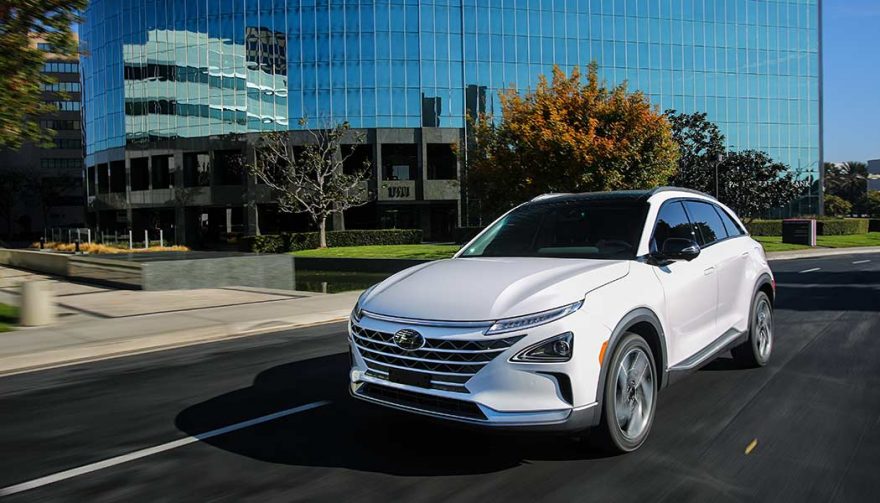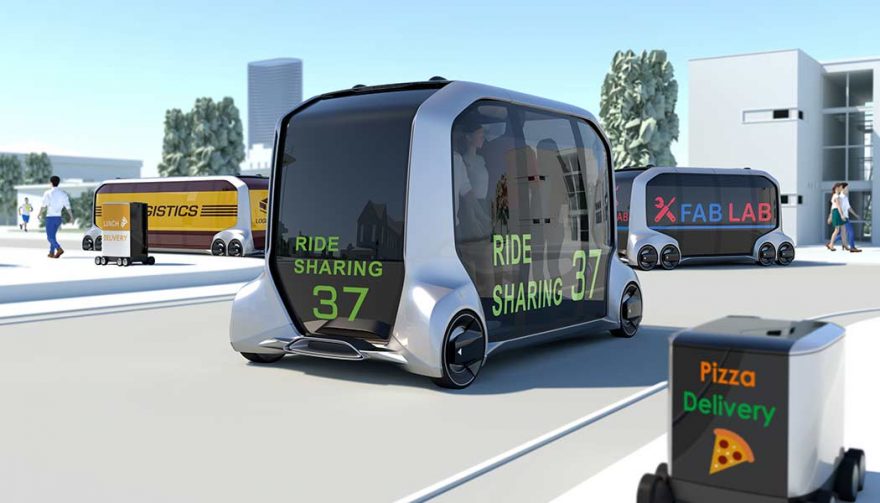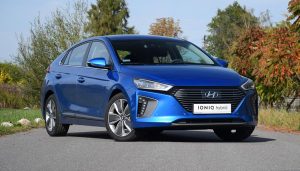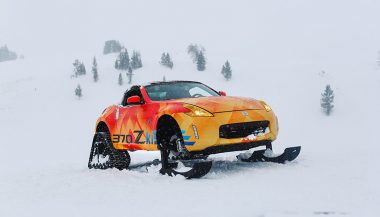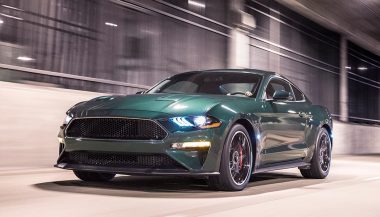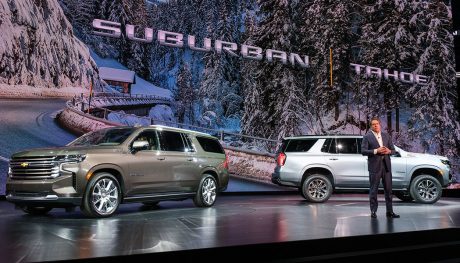Hyundai Fuel Cell Crossover
Hyundai is showing off a crossover this year, but this one isn’t an EV. Sort of. It uses a hydrogen fuel cell to produce electricity, but that means a fill-up not a charge-up.
As the result of a partnership with autonomous tech company Aurora, Hyundai is announcing new advanced autonomous driving features for the new vehicle, called NEXO. Hyundai expects to develop the vehicle to level 4 autonomy. That means it can drive itself almost all of the time. It will also have a new intelligent cockpit with more advanced voice control. It has “vital sign-based wellness care” to keep an eye on your health behind the wheel.
Innoviz LiDAR Sensor
Innoviz Technologies is bringing a new type of LiDAR scanner to CES. The company calls it the “most accurate and reliable performance of any LiDAR sensor.”
More importantly, it’s also much cheaper than existing sensors. A big holdup for autonomous cars hitting real roads is the cost of the LiDAR sensors that use laser light to give the car a 3D picture of what’s around it. The sensors now cost upwards of $80,000, making them more expensive than the car. Lowering the cost of the sensors is a real step forward for self-drive tech. Innoviz claims to have done that with a sensor that is smaller too.
Toyota e-Palette Alliance
Toyota isn’t going to be left out of the autonomous driving scene, and the e-Palette Alliance concept is their latest offering. Toyota says this just isn’t for transportation, it’s a mobility device that combines ride-sharing, delivery, retail and all sorts of other commercial enterprises.
“Just think how great e-Palette will be at Burning Man,” Akio Toyoda, president of Toyota Motor Corporation said during the press event.
Toyota already has a number of partners ready to try out the new mobility platform, including Uber, Pizza Hut, Didi and, of course, Amazon. It isn’t hard to imagine an e-Palette rolling down street the week before Christmas packed to the brim with Amazon orders.

